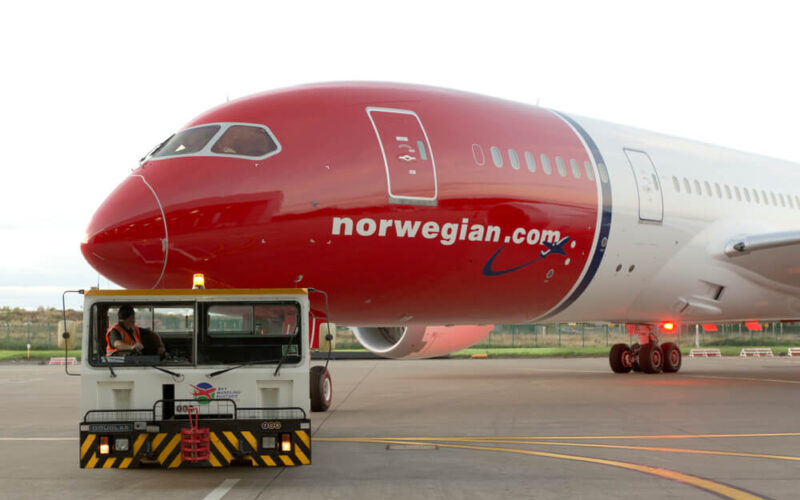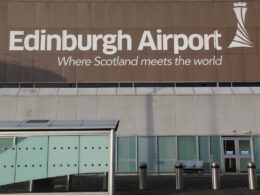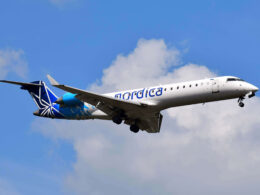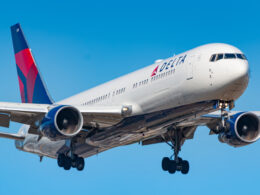The long-haul low-cost carrier, which flexed its muscles when it entered the long-haul market with the no-frills model, entered the coronacrisis in poor financial shape. The airline was already in retreat mode, trying to minimize losses and making its operational model work, including the retreat from several markets and the sale of its Argentinian subsidiary. While the Norwegian government threw the airline a helping hand with a state-guaranteed loan, the carrier is not yet out of murky waters.
With its latest announcement, Norwegian indicated that it ended Q1 2020 with a loss before tax of $325 million (NOK3.2 billion). Revenues decreased by 19%, including a decrease in passenger numbers of 3 million. The airline was in a very unstable financial position, as it had warned of a possibility to run out of cash by mid-May without new liquidity.
Norwegian managed to secure liquidity by meeting the requirements by the Norwegian government to obtain an 8% equity-to-debt ratio. In addition, it converted $1.29 billion (NOK12.7 billion) of debt into equity and announced a new business plan for the “New Norwegian”, planting focus on the Scandinavian market and proven routes that the airline has operated throughout its history.
Jacob Schram, the chief executive officer of the carrier, indicated that the results “are as expected and indicated to the market on several occasions severely affected by the COVID-19 crisis.” Despite lowering its cash burn, Schram expects the coming months to be “challenging.”
As it prepares for a slow return to normality, the carrier outlined possible scenarios, including a slow uptick in demand and a return to full capacity only in 2022. Its focus would be the Scandinavian market, where its main rival would be Scandinavian Airlines System (SAS). The Scandinavian carrier is also having severe financial difficulties during the coronacrisis. Its latest results pointed out that the company had lost $356 million (SEK3.4 billion) of net income and already signed up for a revolving credit facility of $346 million (SEK3.3 billion).











